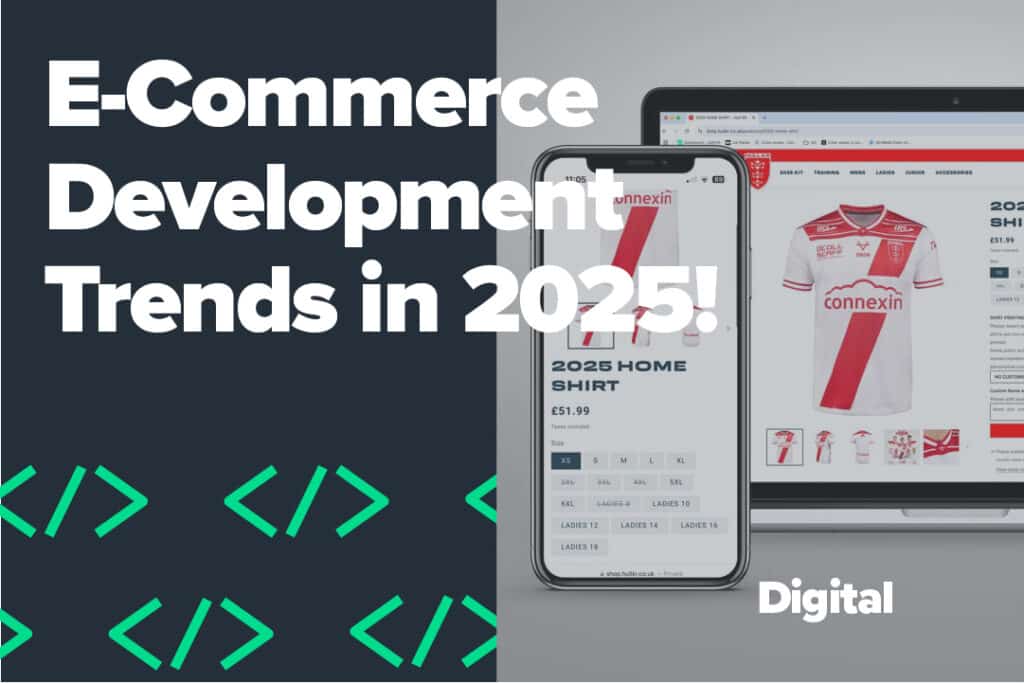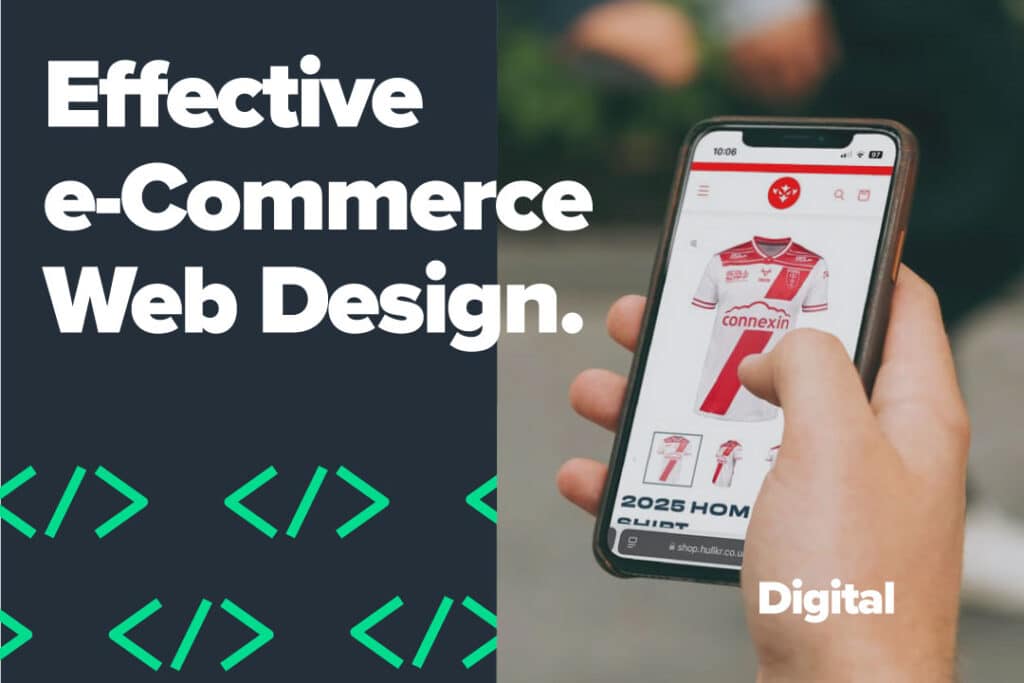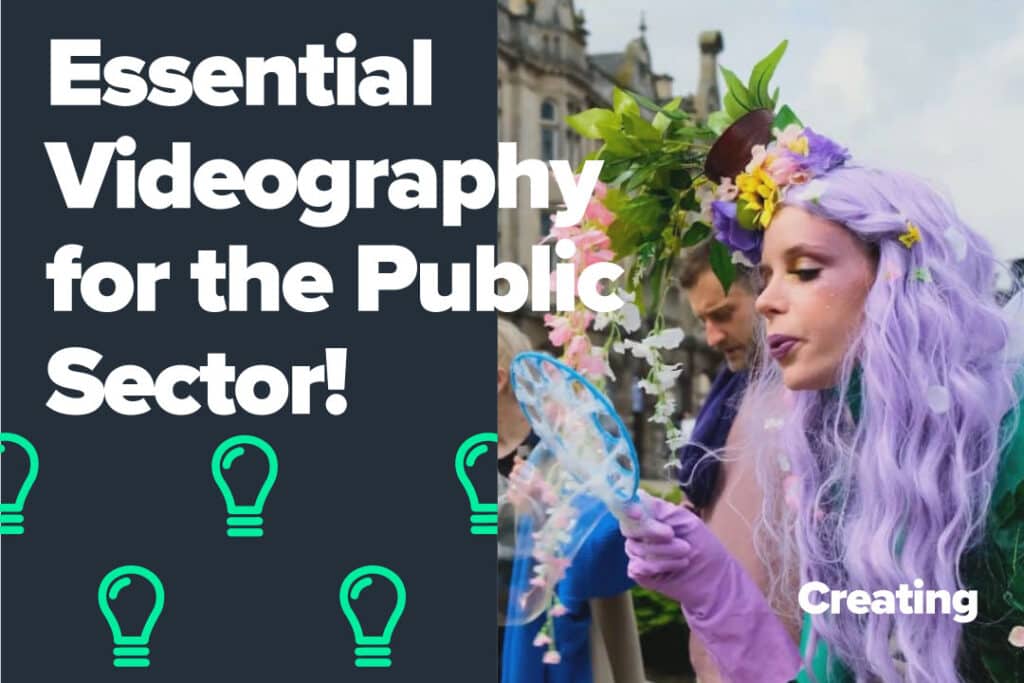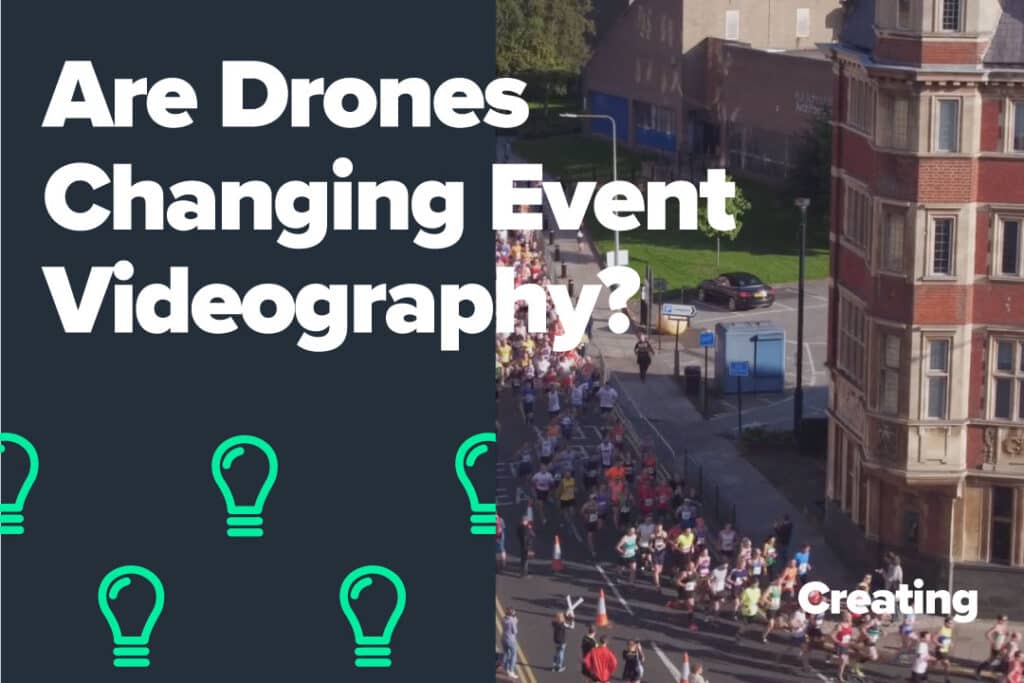In a world of technological advancements, there seems to be so many options when it comes to creating product imagery for websites, social media and ecommerce. We are going to explore the key differences between photography and rendered images and give you all the facts you need to choose what is best for you!
Most of us will know that photography consists of setting up cameras, arranging lighting and capturing still photographs, but creating renders is slightly different. Three-dimensional (3D) sculpting, in a tool called Blender, allows the creation of 3D renders, often from an initial photograph of the product or product packaging. Simply speaking, a render is a 3D, photorealistic, computer-generated image.
So which one of these options are better?
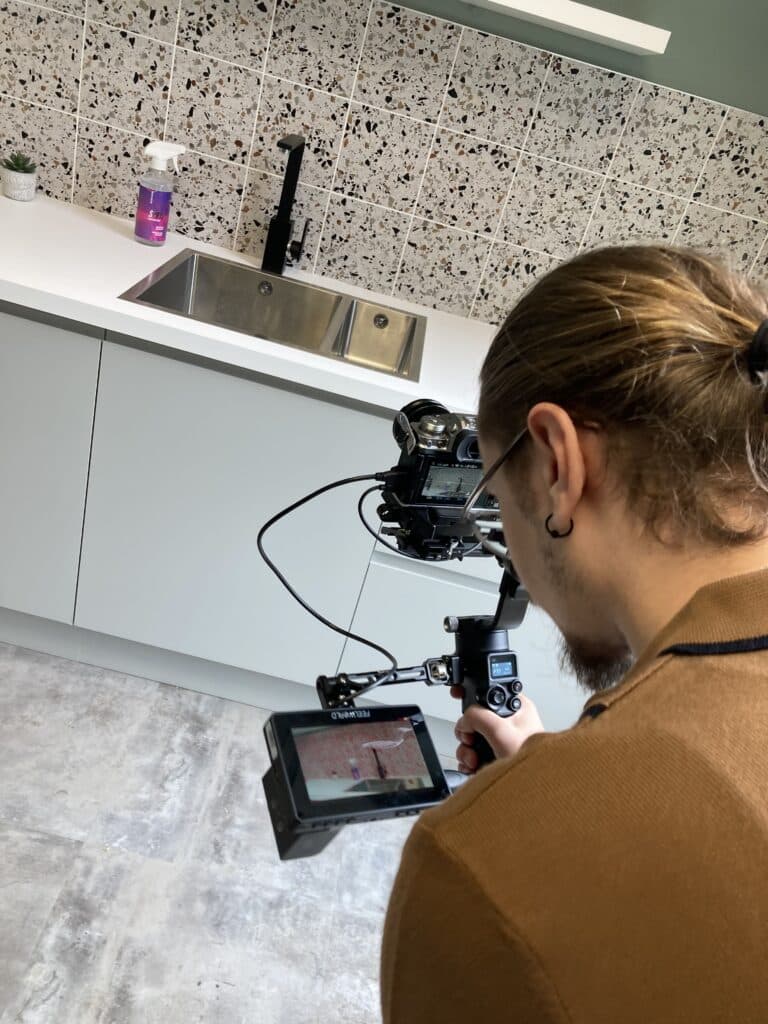
Photography
Whilst it may seem obvious, the main benefits of photography are the realistic and authentic look of the photographs. It can often be difficult to replicate natural lighting and environments, so having a professional photographer take product packshots can be a huge benefit to your campaign depending on your product and brand goals. For example, if your brand imagery centres around nature and the wilderness, you might feel an outdoor photography shoot suits your brand. As well as this, some ecommerce sites like Amazon have strict imagery requirements which can lean favourably towards photography such as images being in focus, being professionally lit and not being pixelated or showing any jagged edges.
- Realistic and authentic look
- Ecommerce imagery requirements
The obvious downside to photography is the chance of error – if a mistake is made with the photos, the images will need to be reshot, which can be an issue if filming on location. Practical and logistical issues are the most common with photography, but depending on your time and budget allowance, and if you have partnered with an excellent team, you can get some great packshots to really showcase your product offerings.
- Chance of error – needing to be reshot
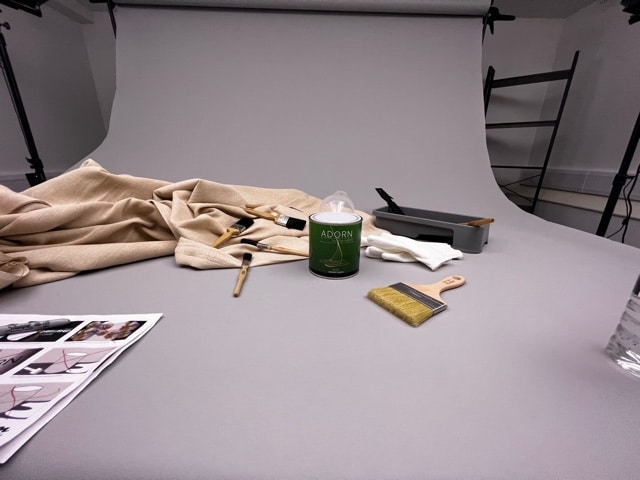
3D Rendering
The nature of a 3D render, being computer-generated, gives it many benefits over photography. The set up means that multiple camera setups can be included, the lighting and environment can be changed easily and different sizes and dimensions can be created. As well as this, the actual imagery (labelling) on the products is a lot crisper, sometimes making a 3D rendered product look a higher quality than photographs. As with all 3D assets, content creation can become much simpler; rendered products are easily manipulated for marketing purposes and are more easily used for 360 spins and in AR and VR.
- Multiple camera setups is simple
- Lighting, environment, sizing and dimensions is easily created and altered
- Packaging looks crisp
- Easily manipulated for marketing and innovative technology implementation
Despite this, some would argue that rendered images can look ‘manufactured’, especially when compared to an instructional video, for example, showing the product in use. Without decent lead times, experienced designers and creators could struggle creating high-quality, photorealistic renders. As well as this, although environmental lighting can be supplied for a natural look, the authentic feel is often difficult to replicate, adding to the argument that 3D renders can look too computer-generated.
- Too computer generated
- Environmental lighting is not as authentic
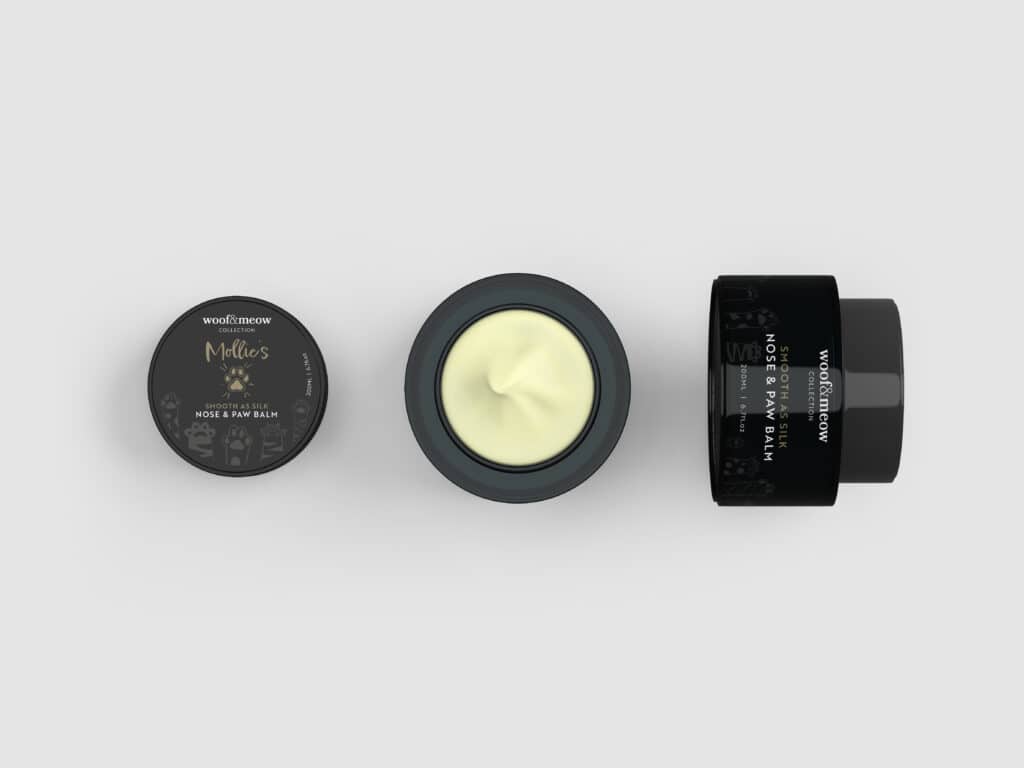
With good lead times and an experienced team, creating photorealistic 3D renders can be a huge benefit to your business in creating high-quality, adaptable and marketable assets. However, if you are looking for something to showcase some real personality and branding, maybe photography is your best bet.
What would work best for you? Get in touch with our expert team who can advise you on the best asset production option for you!

